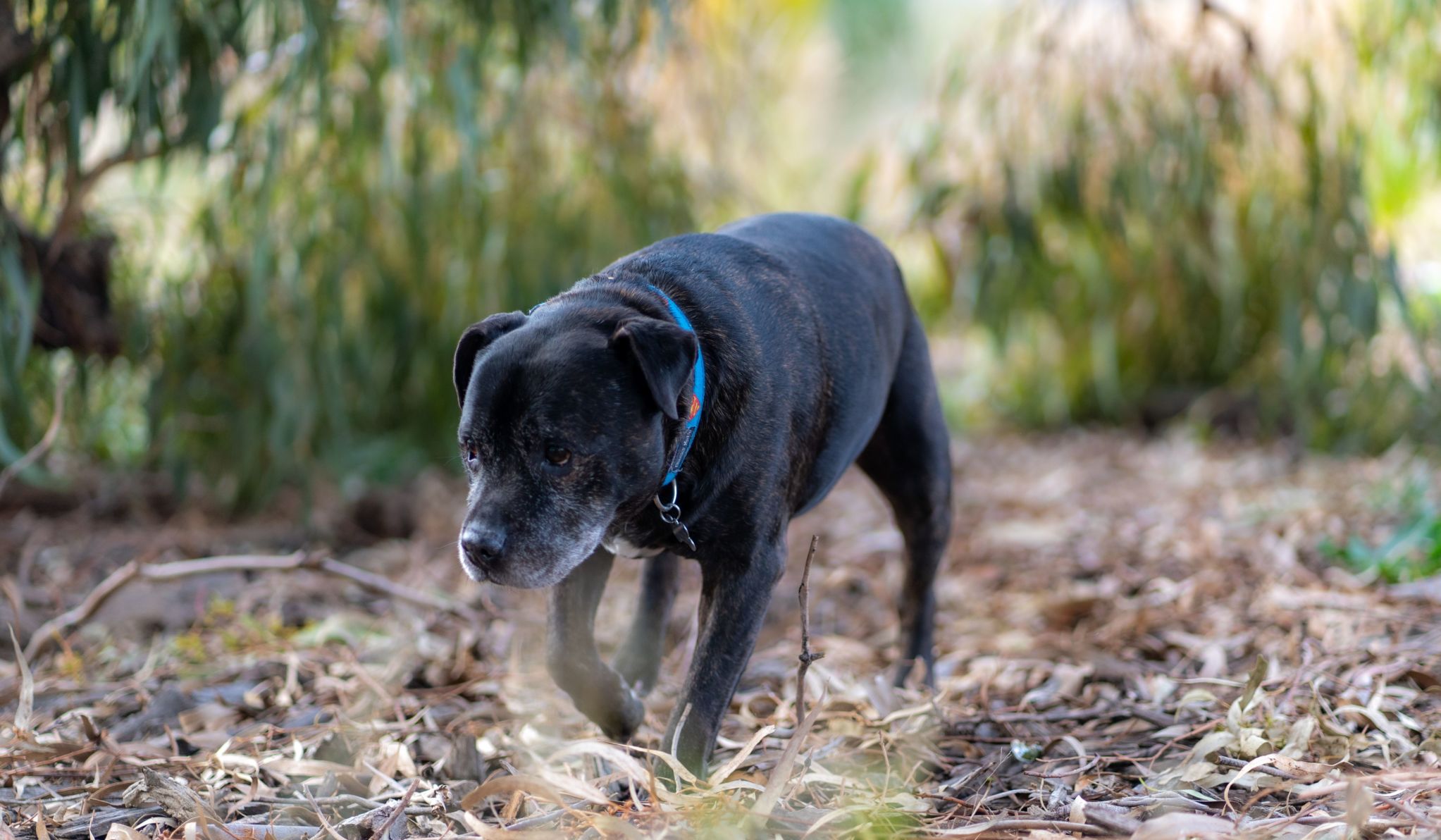Top tips for photographing your rescue dog
Helen2022-01-20T07:05:42+11:00Top tips for photographing your rescue dog With the new year upon us and many spending more time at home, perhaps it is time to learn a new skill? Would you like to take better photos of your dog but don’t know where to start? ARF is here to help! Good photography is essential when it comes to getting more attention to animals in need. Think of your dog’s photo as marketing, you are selling a product (getting your foster dog their forever home) so you need to ensure that your images stand out and are shareable on social media! Sophie Gamand has written an incredibly detailed article on this topic – we are going to give you some dot points but we highly recommend that you have a detailed read of her article to get more information. https://www.sophiegamand.com/photo-tips-for-rescuers?fbclid=IwAR0V7isl4aYLa5aWTNuXWtKmhQkp1BvEfLCPxaumQZYFjw6sqZMtL7TtHqQ Do’s: - Ensure that you have a nice background. If possible, take your dog somewhere nice to get their photo taken, a yard with lush grass, a flowery bush or even just in front of a clean coloured wall. A positive image sells a positive dog! - Make sure the dog is calm. Take a moment to make sure your dog is nice and calm before the shoot, let them sniff around and work out their excitement. Try and take photos of your dog in calm environments, during a nap or after a walk – show the range of their personality! - Adapt your photos to the whole dog. You may have to rotate your camera to get a great photo of your dog's face, or to get all of their body in the shot. Don’t be afraid to experiment and to select the photo that speaks to you, if it speaks





